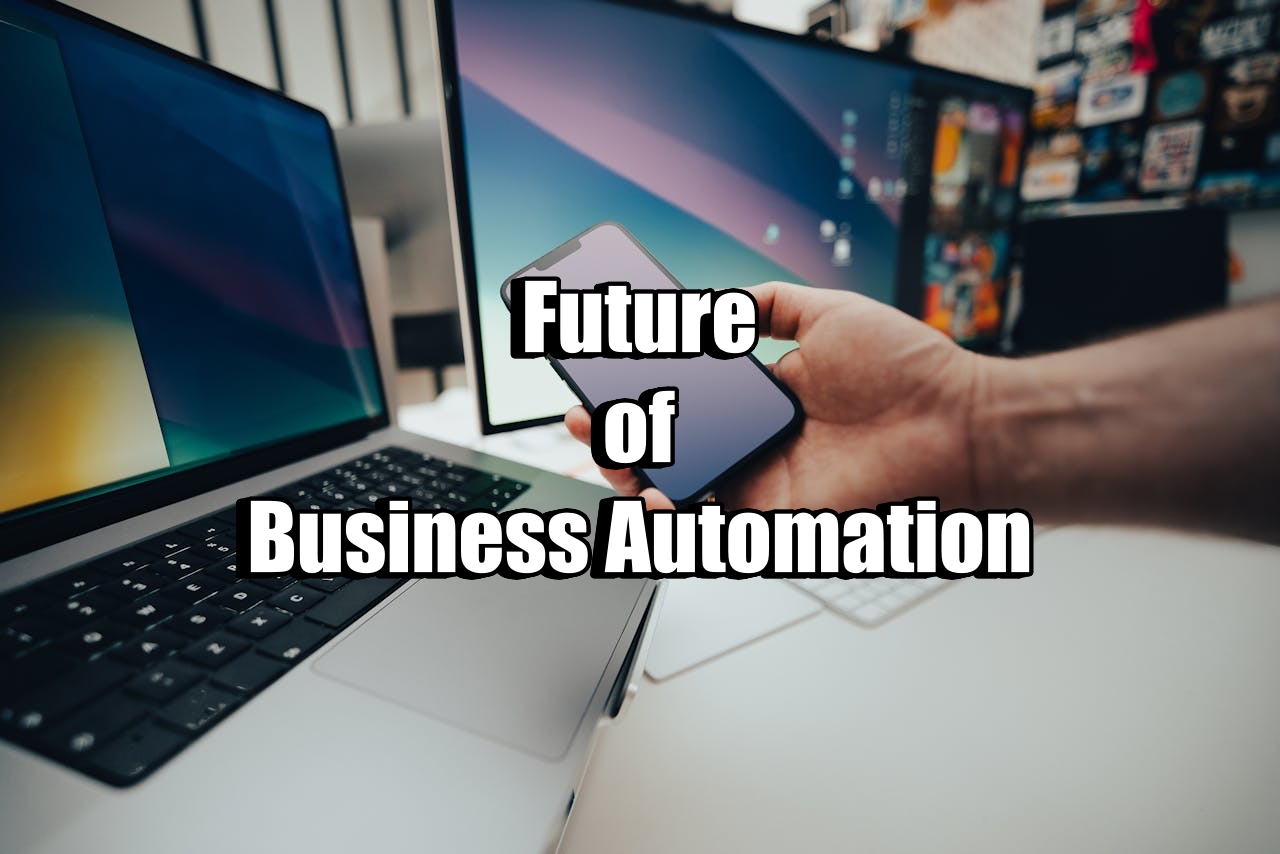The Future of Business Automation: Trends to Watch
In a rapidly evolving digital landscape, business automation is no longer a luxury—it’s a necessity. As organizations seek efficiency, agility, and scalability, automation technologies are transforming operations across industries. Here are the key trends shaping the future of business automation:
1. Hyperautomation
Hyperautomation goes beyond traditional automation by combining artificial intelligence (AI), machine learning (ML), robotic process automation (RPA), and other tools to automate complex business processes. It enables end-to-end process automation and real-time optimization, helping companies respond faster to changing market demands.
2. AI-Driven Decision Making
AI is being embedded into business workflows to enhance decision-making. Predictive analytics, natural language processing, and intelligent data processing allow businesses to automate not just repetitive tasks but also strategic decisions—like forecasting demand or identifying market trends.
3. No-Code and Low-Code Platforms
These platforms democratize automation by enabling non-technical users to design and deploy automated workflows. Businesses can now innovate faster, reduce development costs, and empower teams to solve their own process challenges.
4. Automation-as-a-Service (AaaS)
Cloud-based automation solutions are gaining traction. AaaS allows businesses to adopt scalable, subscription-based automation tools without heavy upfront investments in infrastructure or development, making automation accessible to SMEs and startups.
5. Smart Workflows and Integration
Modern automation focuses on intelligent workflows that connect disparate systems, data sources, and teams. Integration platforms help unify customer service, sales, HR, and supply chain functions, improving collaboration and efficiency.
6. Human-in-the-Loop (HITL) Systems
As automation takes on more tasks, businesses are adopting HITL models where human oversight is retained for tasks requiring empathy, creativity, or critical thinking. This approach balances efficiency with quality and trust.
7. Sustainability and Compliance Automation
Automation is increasingly used to track ESG metrics, ensure regulatory compliance, and optimize resource usage. By automating these areas, companies can meet sustainability goals and mitigate risk more effectively.
Final Thoughts
Business automation is shifting from task-level efficiency to strategic transformation. Companies that embrace these trends will be better positioned to innovate, compete, and thrive in a digital-first future.

No responses yet